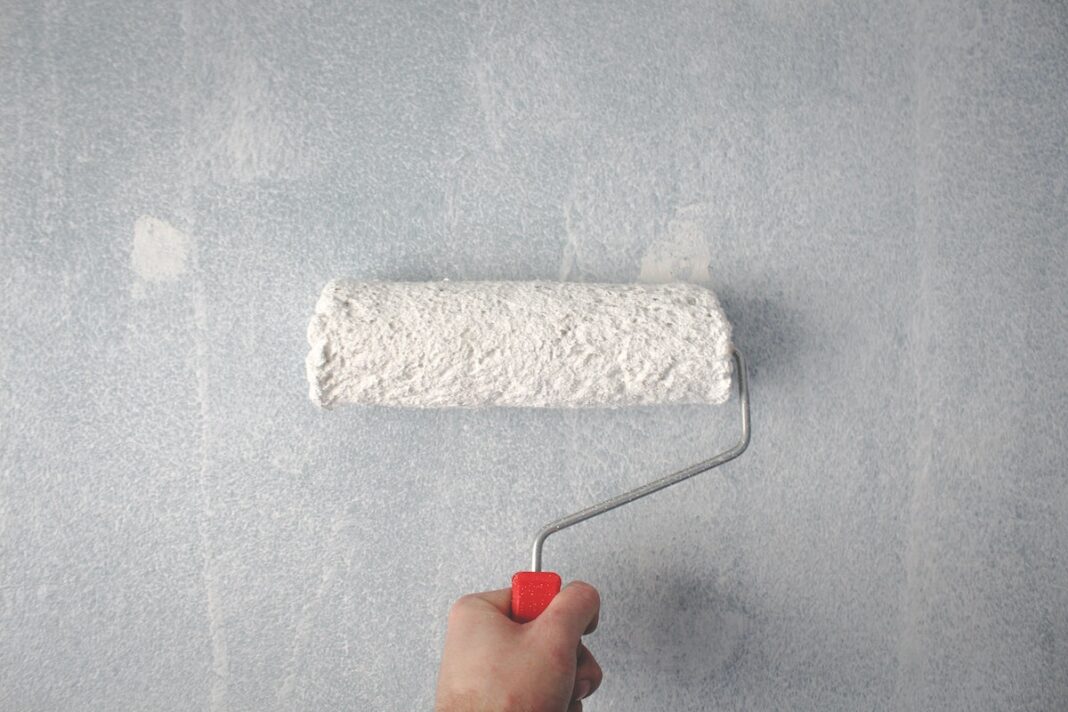Yes. You can paint over a lead paint to seal in the lead and prevent future health problems. However, you have to use an encapsulant to do the job. Using any regular paint over your lead-based paint won’t seal it in. Instead, it exposes you to more danger. Leadpaintremovalbrisbane.com.au has more information on this.
It would help if you had an encapsulant to paint over lead-based paint and seal the lead material successfully. Encapsulation is an effective and cost-friendly lead paint remediation technique. It saves you from the stress and costs of peeling the lead paint off your walls and repainting the surface.
When done right, encapsulation seals the lead material and protects residents from lead-related hazards.
When You Shouldn’t Paint Over Lead Paint
As stated above, encapsulation is an effective and affordable way to seal lead paint into the wall. It saves you time, energy, and money and helps prevent health concerns. However, encapsulation is not ideal for all situations.
For example, you shouldn’t attempt painting over a lead paint that has started peeling, flaking, or cracking. In such a situation, you’re better off contacting a professional for advice. In most cases, you may need to remove the flaking or cracked lead paint before a new layer of paint can be added on.
In addition to peeling, cracked, and flaking surfaces, you shouldn’t paint over surfaces being walked on. The friction from foot traffic can easily wear the encapsulant off, thus exposing the users to lead paint.
You should also avoid adding encapsulants on surfaces that rub together or badly deteriorated surfaces. When unsure, always contact a professional for help.
Why is Lead Paint Dangerous?
Lead is a heavy metal with many negative health effects. It can cause serious respiratory problems when accumulated in large quantities. Over the years, studies into lead and lead inhalation have connected it to common health problems like headaches, stomach aches, nausea, vomiting, etc.
Lead inhalation has also been connected to other health problems like insomnia, fatigue or irritability, and loss of appetite. In extreme cases, it can cause brain damage and severe damage to other organs like the kidney, blood, and nerves.
Having understood the health effects of lead paints, it is also essential to understand the dos and don’ts of painting over lead paints.
The Dos and Don’ts of Painting Over Lead Paints
Test the existing paint for lead
Encapsulation using epoxy, polymer, or cement-type materials can be expensive. It is advisable to test your paint before purchasing any encapsulant. Testing the paint lets you determine the presence of lead and its quantity/concentration.
The concentration of lead in your paint can also affect the encapsulant used. You can purchase lead testing kits from local convenience stores to get started. However, speak to a professional to be on the safe side.
Don’t Scrape, Chip, or Sand Lead Paint.
It would help if you never attempted to scrape, chip, or sand the lead paint surface during sealing. Doing any of these exposes you to the risks of inhaling lead particles. It is always recommended that you paint over the surface, provided the lead paint hasn’t started chipping or bubbling.
Contact a local professional if the lead paint has started chipping, cracking, or peeling. These professionals have the experience and safety gear needed to address the problem.
Take Safety Precautions
It is recommended that you take safety precautions when dealing with lead-based paints. Ensure that proper protective covers are worn whether the paint has started chipping, cracking, flaking, or not.
Some of the common safety rules to follow include;
- Keep adults, children, and pets away from areas to be worked on.
- Wear respiratory protection or nose masks to prevent lead dust inhalation
- Clean the worksite thoroughly at the end of the project
- Consider installing and running a High-Efficiency Particulate Air (HEPA) Filter on the worksite to boost indoor air quality.
Don’t Spread Lead Dust Through Improper Waste Disposal.
If you must scrape or sand the lead paint surface, ensure that the dust and waste are properly managed. Taking the waste through unaffected areas can spread lead dust around the property.
You may need to contact a professional cleaning company to handle the lead waste at the end of the scraping or sanding process.
It is healthy to seal off unaffected areas to ensure that the lead dust does not travel around the property.
Use Appropriate Encapsulant
Painting over your lead-based paint will not do the trick, especially if you wish to seal the lead-in. It would help if you used the appropriate encapsulant to seal the dangerous heavy metal into your wall. Consult with your local painters on the best choice of encapsulant to use based on your needs.















